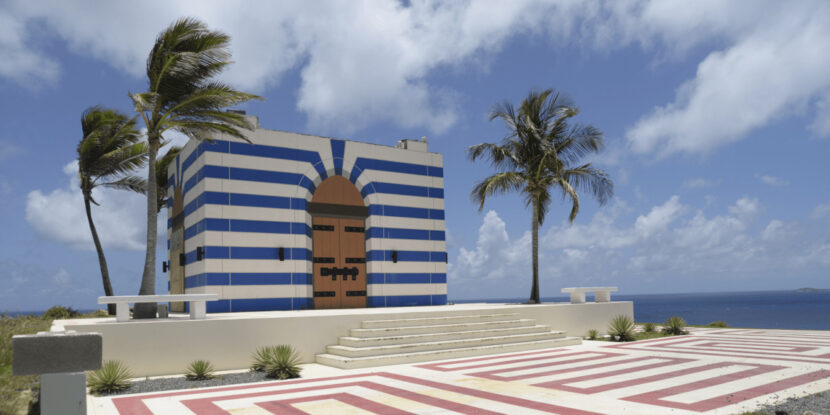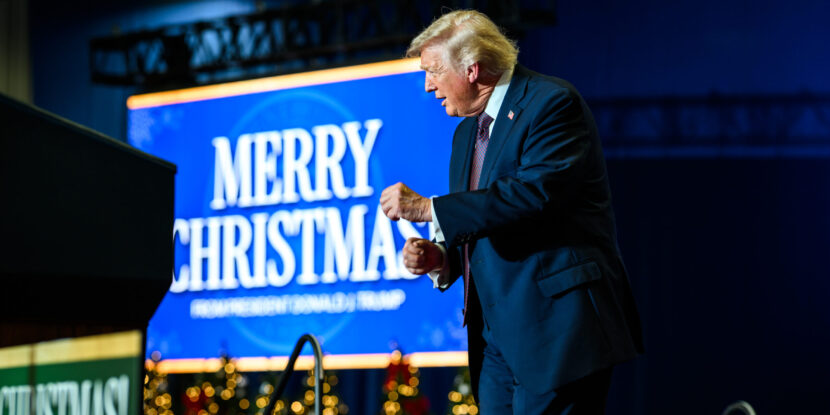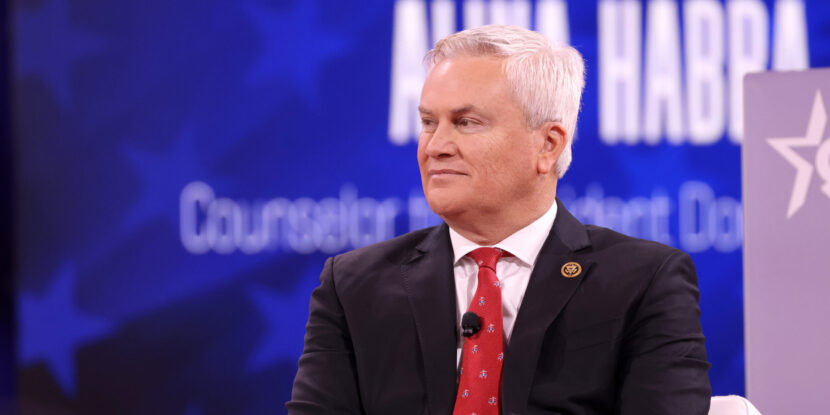While celebrating his victory in the Argentine presidential election, Javier Milei – a self-described anarcho-capitalist – doubled down on his plans to enact radical change within the economy – including pursuing ‘dollarization’. While Argentina’s flamoyant new president has expressed openness to alternative currencies – especially cryptocurrency – his stated plan to overhaul monetary policy is far different than what many libertarians might hope for.
Milei throughout his campaign has emphasized his intent to ‘dollarize‘ Argentina. Dollarization means the South American – facing a nearly 150 percent inflation rate – would abandon its use of the Argentine peso and instead adopt the U.S. dollar as the country’s legal currency. While some Central and South American nations have successfully dollarized their monetary system, no country with an economy the size of Argentina has attempted to undertake the change. Ecuador and Panama are two countries that have dollarized their economies.
The process of dollarization would require Argentina to replace their peso with U.S. dollars, despite the country currently having little in the way of reserves of U.S. currency. To attain the amount of U.S. dollars to successfully undergo the economic transition, Milei would have to sell off state-owned assets, re-privatizing large swaths of the Argentine economy after years of nationalization under Peronist governments. Additionally dollarization would, in practice, disband the Argentine central bank – with monetary policy decision making power instead being handed over to the U.S. Federal Reserve.
Handing over monetary policy decisions to the Fed would place needed limits on the Argentine government’s ability to borrow and spend – instilling fiscal discipline on a nation that has lacked spending constraints for decades. Central and South American countries that have dollarized their economies have shown markedly lower rates of inflation. However, dollarization does not necessarily guarantee against Argentina potentially defaulting on its debt – Ecuador which dollarized in 2000 has defaulted twice since dollar adoption.
One of the greatest hurdles Milei faces in his plan to dollarize the Argentine economy is the $44 billion debt it owes to the International Monetary Fund (IMF). Until Argentina is able to fulfill its debt obligations to the IMF has blocked, in effect, the country from global markets – without market access even a fire-sale of state assets would prove difficult. Additionally, the Argentine central bank holds – in essence – negative reserves of foreign currencies, making dollarization even more difficult.
In the 1990s and up to 2001, Argentina attempted a partial dollarization of its economy – the 1991 ‘Convertibility plan’ pegged value of the Argentine peso to the U.S. dollar. While this plan was successful in reining in inflation, Argentina was increasingly forced to turn to sovereign debt to maintain dollar-parity as it ran out of public assets to privatize. The subsequent economic and political crisis triggered an economic depression and large-scale riots in major population centers across the country. Ultimately the political crisis resulted in nearly two-decades of left-wing Peronist rule.




















